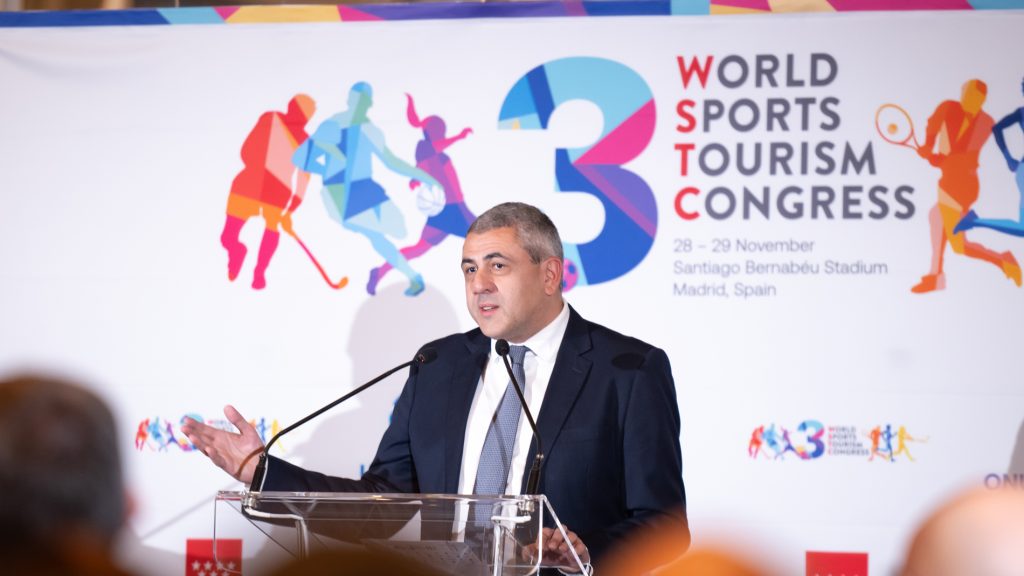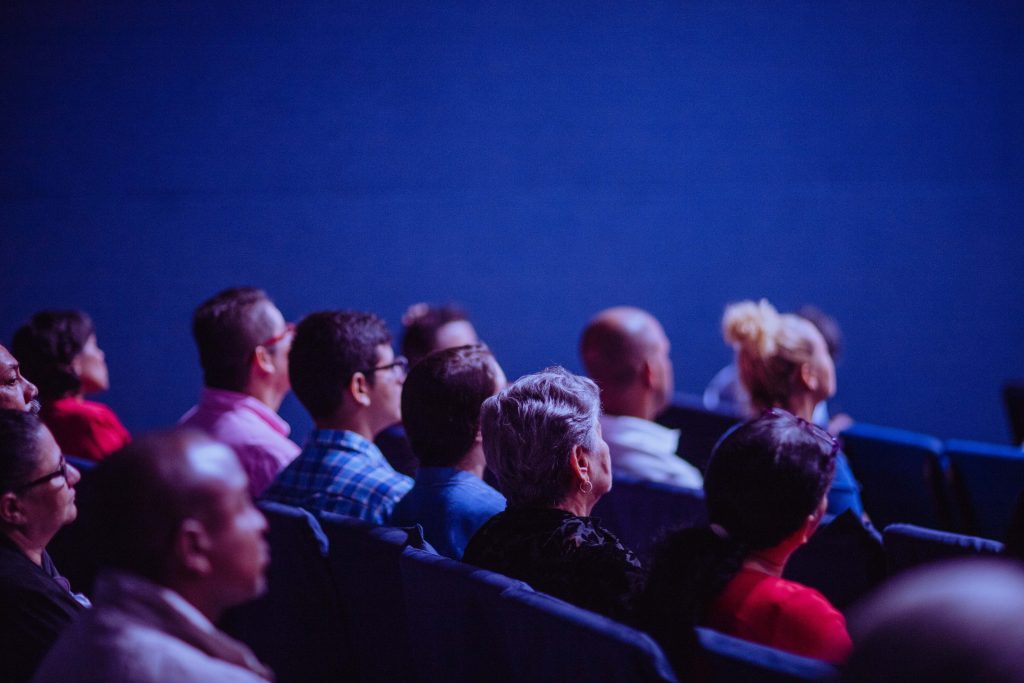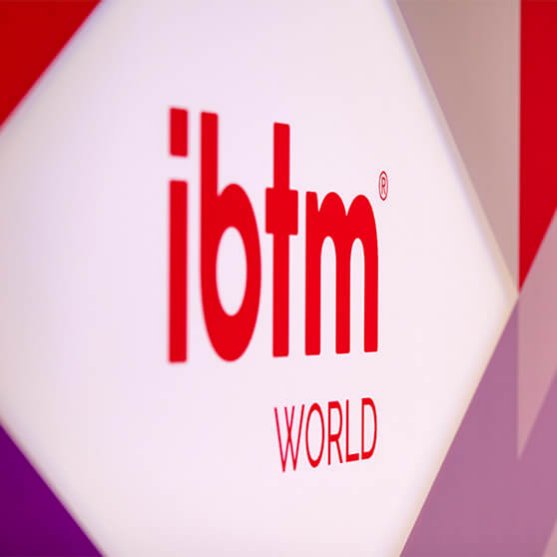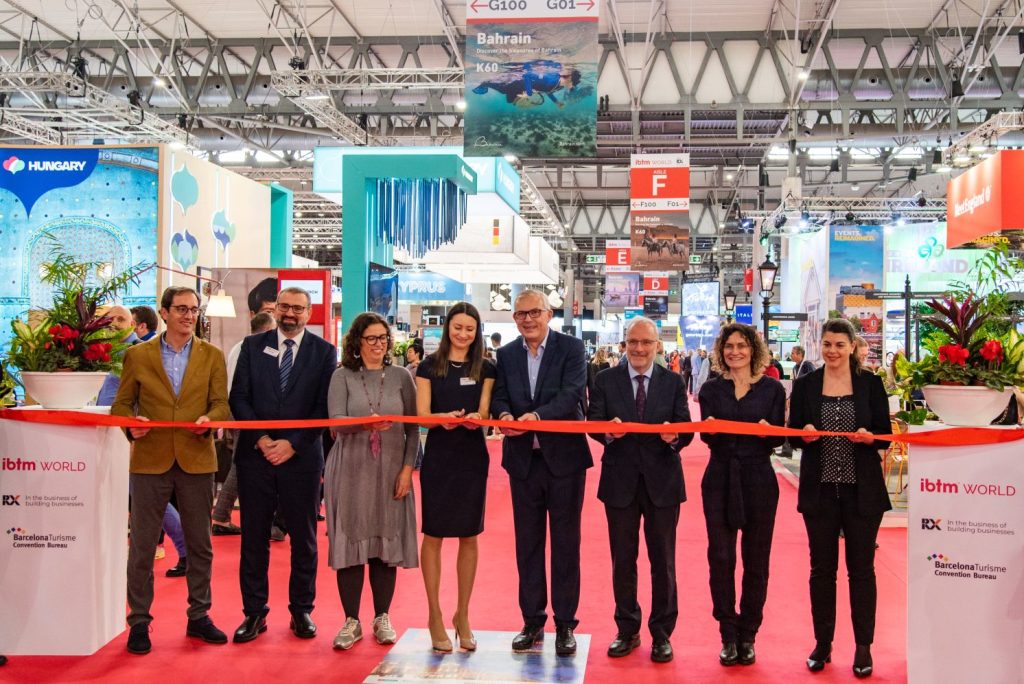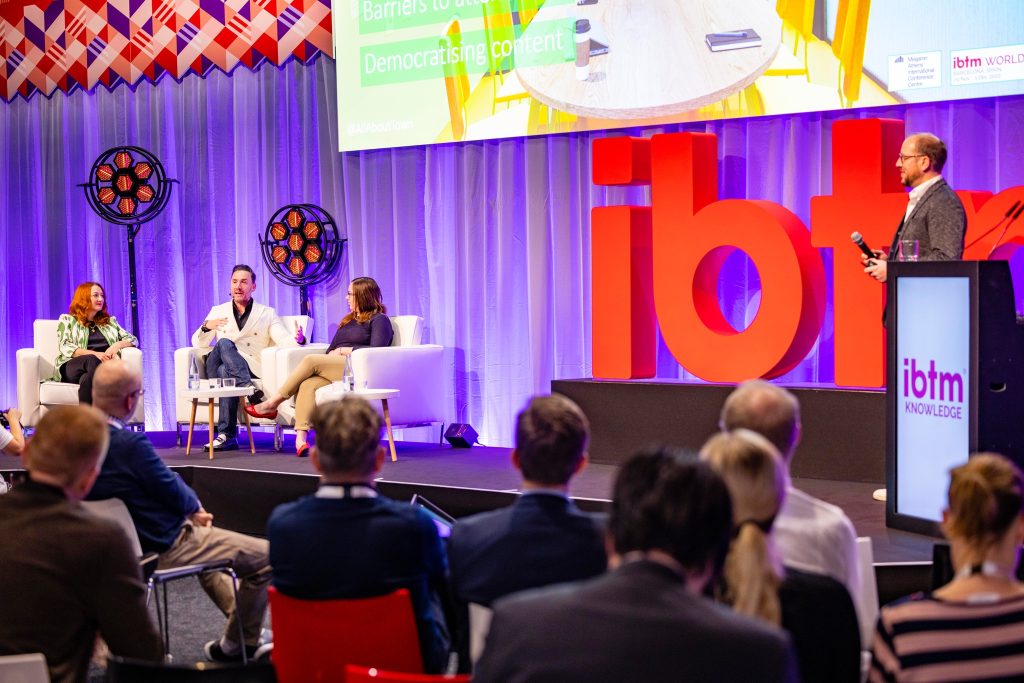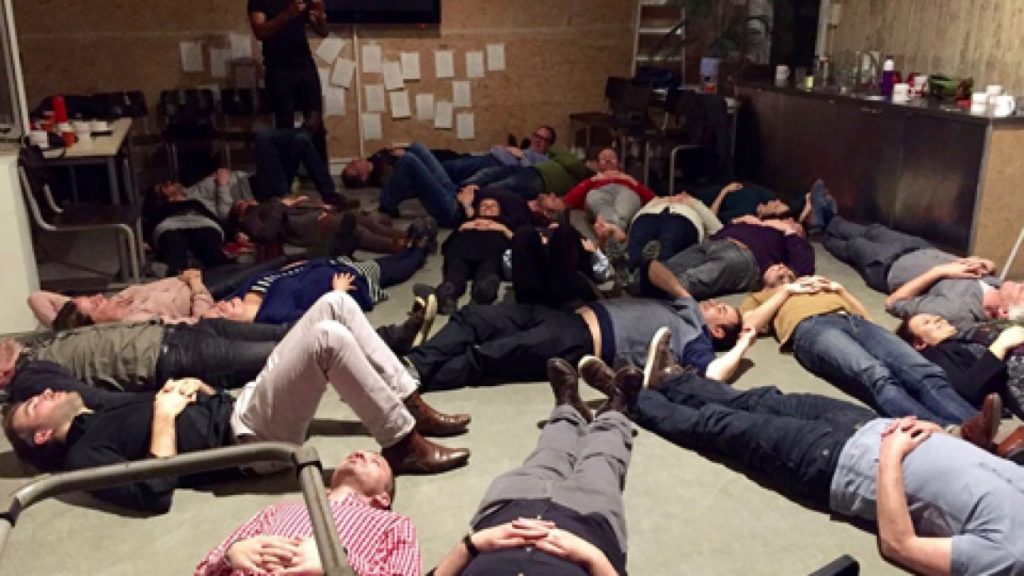
Share news
Listen
David Benitez, COCOA and representant in Spain of MindMeeting: “Meeting designers are professionals who work with meetings as a specific means of communication. Their task is to bring content, objectives and participants’ expectations together, designing a programme that is effective, engaging and conducive towards the organizational objectives. They work for the meeting owner and often partner up with PCO’s, AV Companies, speakers and facilitators. Their final consumers are the meeting participants. Their clients’ desires are the design compass by which they sail”.
Angeles Moreno, The Creative Dots. “Events are powerful tools that change the behavior of the participants and, to guarantee their success, we must dedicate time to their design. Event design is a systematic approach that takes into account not only the perspective of the assistant, but also that of all stakeholders of an event. It creates a common language between the event planner and its owner, the result being the creation of a common and solid frame of reference for the design of the event with which the teams work to contribute and discuss how to achieve the best possible impact. One of the tools of the event design is Event Canvas, an innovation methodology that demands time, places the main stakeholders at the center of decision making and activates processes of empathy and active listening to generate the desired behavioral transformation”.
Mike Van der Vijver, MindMeeting: “Meeting design is the art of matching the form and format of a meeting to its content, its objectives and its participants”.
Eric de Groot (MindMeeting). Design is nothing more than a planned effort to make a product work better! So designing meetings is making meetings work better! The beauty is that meetings turn into controllable processes, if you know how all the parameters work. Instead of hoping for the best, meetings can have a fixed quality. They need to be controlled. Only then they can be systematically improved, like many other things in life. Meeting design can therefore be translated into meeting quality control.”
Rosa Garriga, Kenes Meeting Architect. “Meeting design takes care of designing the shape and content of an event to achieve the desired results”
Our opinion on these definitions. What is striking is how all these definitions sound like something obvious, basic in an event: taking into account the objectives, the opinions and needs of the stakeholders, the attendees, and designing accordingly. Isn’t that what events have always done? And it is presented as revolutionary? In that sense, the birth of meeting design is a confession by our industry that we have often been missing on these things for a long time. For sure some people have done meeting design without calling that way, but yes, the design process of the event has often been poor.
But besides these great definitions, I find we should highlight two dimensions which are truly new in an industry where everything has traditionally been conceived case by case and without much method. First, meeting design develops a thorough understanding of the attendee and of human nature. It involves psychology, sociology, empathy maps, knowedge of how the human brain is impacted by various types of stimuli. In this the great website by Maarten Vanneste http://www.meetingdesigninstitute.org/ is an example of the knowledge meeting designers develop, and which adds much value.
Secondly, it conceives events using methods and tools. You may find it is all about post-its but (just like design thinking, another super trendy topic), meeting design uses many methods and templates which help structure the analysis and conception process. A deep focus on the objective, a deep understanding of human nature and methods to conceive the experience which will impact this target as we aim to, are true revolutions of meeting design in an industry where logistics has always been too important. After all, remember we were “event organisers”. Now we have a focus on designing events, that’s an improvement!


